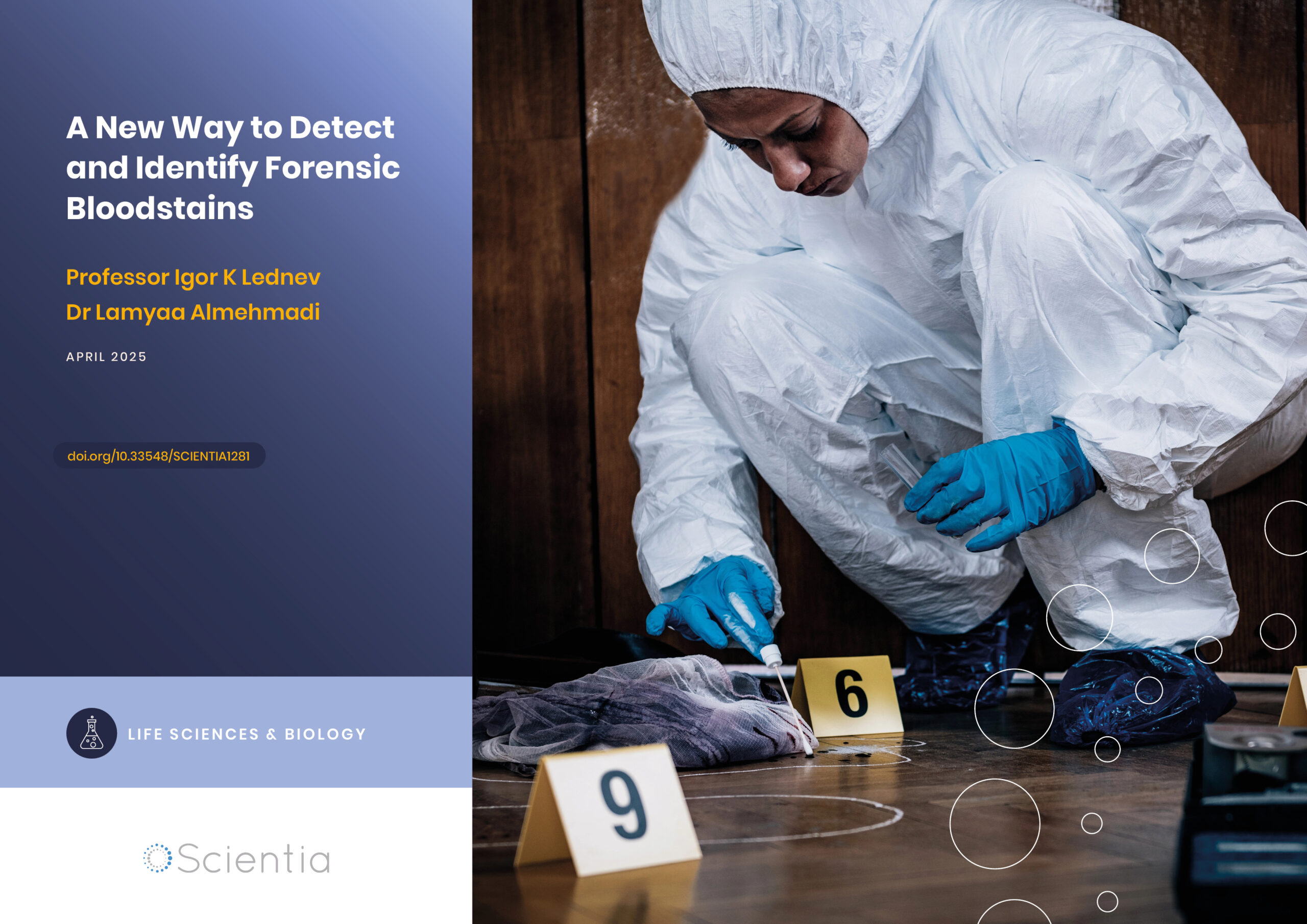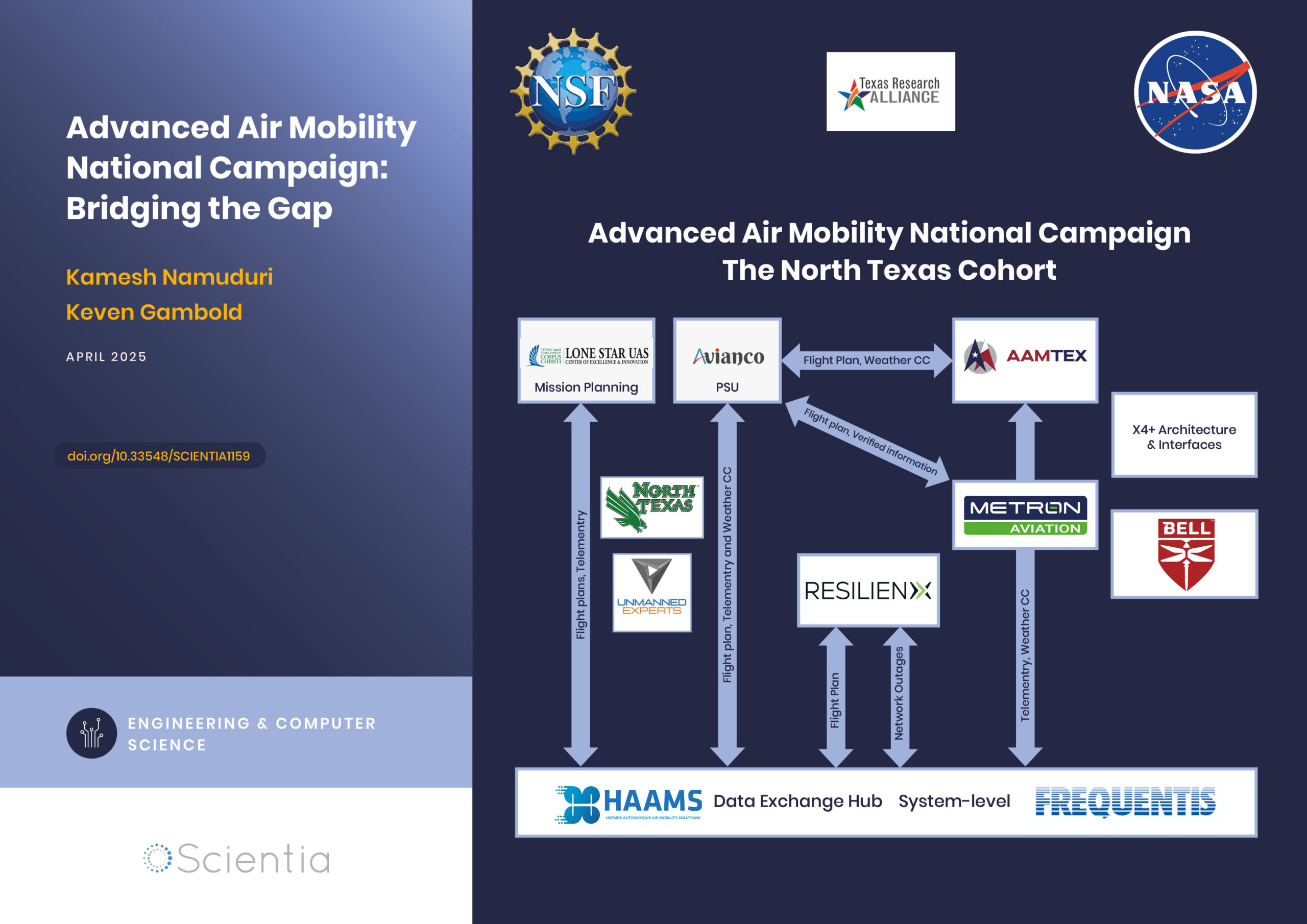Dr Adam Gazzaley – Focussing the Mind with Adaptable and Customized Technology
Attention disorders range from attention deficit hyperactivity disorder to multitasking difficulties due to aging. Regardless of the cause, such difficulties can have a negative impact on peoples’ lives. Dr Adam Gazzaley from the University of California San Francisco has carried out extensive research exploring how customized technology can be utilized to strengthen attention capabilities in individuals across the lifespan. His work has driven him to develop innovative technology companies and software as well as educate us on the benefits of experimental medicine.
Attention Disorders Across the Population
Our minds are amazingly complex and are often engaged and productive. However, in some cases, our attention can be disrupted and difficult to maintain. One situation where this occurs is in attention deficit hyperactivity disorder (ADHD). Often diagnosed between the ages of six and twelve years, ADHD usually presents in children as being inattentive, and hyperactive and impulsive. Inattentiveness can mean a child is easily distracted, forgetful, has difficulty organizing themselves and tasks and has an apparent inability to listen carefully. When a child is hyperactive and impulsive, they may be unable to sit still, constantly moving and fidgeting, excessively talking, interrupting conversations and have little sense of danger.
Although ADHD is genetic and can run in families, other factors such as being born prematurely and brain damage may also contribute to its incidence. Once it has been carefully diagnosed, ADHD may be treated with drugs to alleviate symptoms as well as various therapies to aid a patient to better understand their condition and how to deal with it. Available therapies may include cognitive behavioral therapy, social skills training, psychoeducation and behavioral therapy. Some researchers believe that diet could also play an important role in alleviating ADHD and that taking supplements of omega-3 and omega-6 may be helpful.
Within the field of attention disorders, but separate to ADHD, negative alterations to cognitive control are also common in elderly populations. As people age, many experience a decreased ability to multitask and ignore distractions, and up until recently, there has not been a neurotherapeutic treatment for this issue. Brain injury, depression, dementia, and autism can all also affect how a person’s neural pathways function.
Covering many domains within attention deficit, Dr Adam Gazzaley is a neuroscientist and entrepreneur who has conducted ground-breaking work into treating these types of disorders with technology. He works on his research in the Neuroscape center that he founded at the University of California San Francisco, as well as two other innovative technology companies that he co-founded – Akili Interactive and Sensync.
Neuroscape engages in six research areas of neuroscience, including healthy aging, video game training, non-invasive brain stimulation, cognitive neuroscience, cognitive brain-computer interface, and mobile assessments. The findings from studies in these topics are then applied to their educational division which develops and assesses tools to help cognitive development in children and their clinical division for real-life use as novel therapies for a broad range of medical conditions.
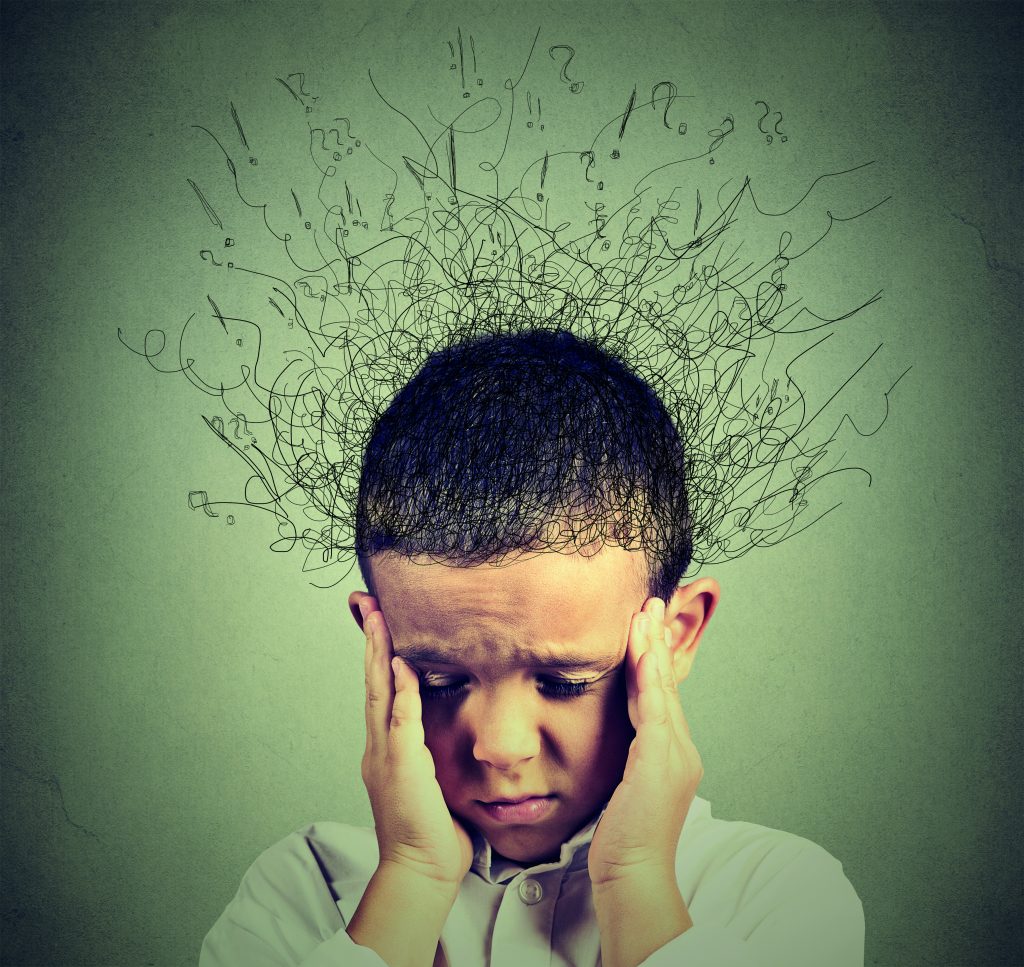
Improving Cognitive Control Through Technology
In 2013, Dr Gazzaley and his team published a paper that was featured on the cover of the prestigious science journal Nature. The paper described how they had been able to use a custom-made video game that improved the attention abilities and memory of older adults.
In this research, the team tested people aged 20–79, with around 30 people representing each decade of life. To start, they all played a diagnostic version of a specifically developed game called NeuroRacer, whereby they were given a sign task and sometimes a driving task. The sign task involved quickly responding to a new sign appearing but only when they could see a green circle on their screen This measured their perceptual discrimination ability. By including an additional ‘sign and drive’ task that required them to also drive a car on a winding road, they also tested the participants’ concurrent visuomotor tracking. An algorithm then determined the difficulty at which participants maintained 80% accuracy in the tasks. Put simply, Dr Gazzaley measured each person’s ability to multitask and he found that this ability diminished in a linear fashion as age decreased.
Each participant’s score was used to customize their subsequent games so that they all played at a level of difficulty adjusted for their ability. Some of the adults between the ages of 60 and 85 were given the task of playing NeuroRacer in multitasking mode for three hours a week for four weeks. Meanwhile, others only played the game in single-task mode and some did not play at all. At the end of the month, compared to the other groups, those playing the sign and drive version significantly improved their multitasking abilities on the game as well as other cognitive control functions like working memory and sustained attention. The improvement in multitasking on the game lasted an impressive six months after the experiment and demonstrate that the prefrontal cognitive control system in the brain is flexible and can be retrained, even in older age groups.
Dr Gazzaley’s interesting work reveals that adaptable and customized video games can not only assess cognitive abilities but also improve them. NeuroRacer is a research tool developed at the Neuroscape center and Dr Gazzaley’s digital medicine company, Akili, licensed the software so that they could create the clinical product called EndeavorRx. Excitingly, EndeavorRx has been FDA cleared in the USA to be given as a treatment for inattention in children with ADHD.

Introducing Meditation to Young People
In a further study, Dr Gazzaley and his team investigated how another software program could benefit attention span in younger generations, this time inspired by meditation. Young people are very familiar with multitasking, thanks to the need to balance technology, education, work, and social lives, which are all demanding on their attention. However, boosting their sustained attention span is known to be a difficult task.
During a six-week intervention, Dr Gazzaley asked 59 adults aged 18–35 to use Neuroscape’s meditation app called MediTrain. This app uses traditional meditation techniques of guided attention to the breath and stillness of the mind, but it also incorporates what is known as closed-loop software. This is where the software receives immediate performance feedback and continually adjusts a user’s experience to be personal to them. After each session, the participants self-reported how well they kept their mind from wandering by focusing on breathing and the app noted and adjusted their next session accordingly.
The team found that after using the app for six weeks, the young adults displayed improved sustained attention and working memory, which was linked to positive alterations in key areas of cognitive processing and task performance in the brain.
Combining a practice that is thousands of years old with brand new technology is another pioneering way in which Dr Gazzaley has shown that attention can be trained and improved.
Meditation for Teens with Mental Health Challenges
Building on his work in meditation, Dr Gazzaley investigated how the exercise could be applied to adolescents who have experienced difficulties in their upbringing. Adversity during childhood, especially neglect, has a strong link to cognitive dysfunction, frequently resulting in ADHD in adolescence. They discovered that no previous studies had tried to produce interventions that would improve neurocognitive issues in this specific group.
The team set out to test how closed-loop technology could be utilized again. They recruited 45 adolescents aged between 10 and 18 who had experienced trauma during childhood, and assigned them into one of three groups. One group completed digital activities targetting internal attention, another group had external attention activities, and the third was a control group with no intervention. Internal attention essentially means meditation – selectively processing your own thoughts to focus on the breath and removing distracting thoughts. On the other hand, external attention refers to selecting and modulating sensory information (audio, visual, and so on) whilst experiencing distractions.
Using neuroimaging, the team found that childhood neglect has a negative impact on a part of the brain called the dorsal anterior cingulate (dACC), which has an important role in brain development during adolescence. One of the key findings from this study was that closed-loop digital mediation can partially correct this issue.
Improvement to dACC functional connectivity was correlated with the improvement of behavior in the children. Notably, meditation was beneficial for the sustained attention of the children in addition to lessening hyperactive behavior, which was still in effect one year after the intervention. Another positive behavioral outcome was enhanced performance at school.
Through this novel thinking and research, Dr Gazzaley provided more evidence that introducing meditation to children can have hugely beneficial impacts on their day-to-day lives by helping them to develop their attention abilities.
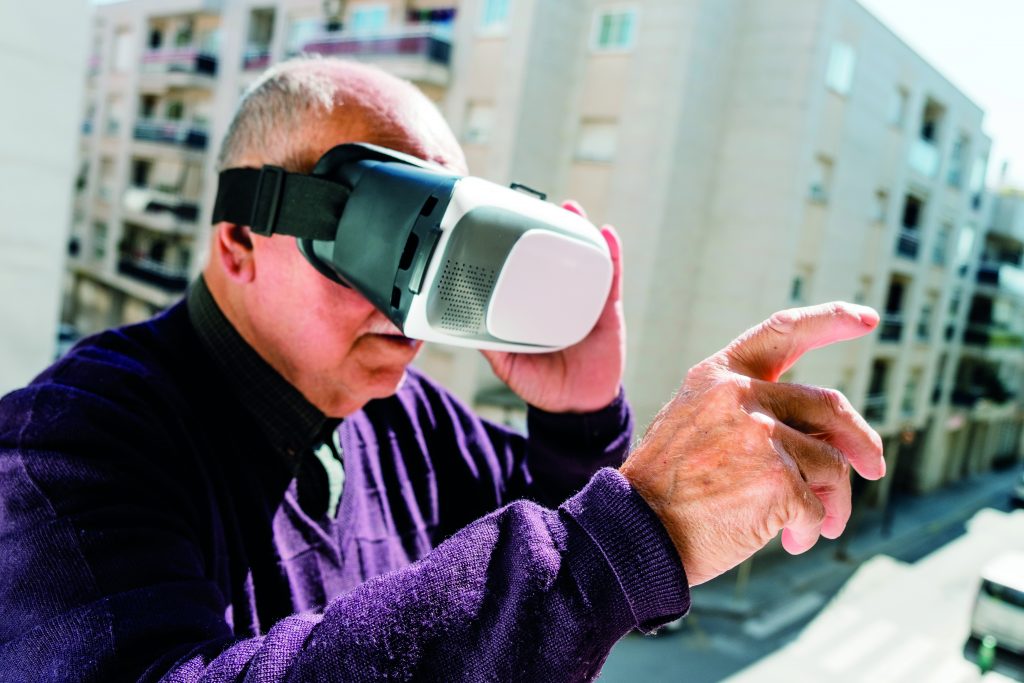
Improving High-fidelity Memory in Older Adults using Virtual Reality
Early in 2021, Dr Gazzaley and his colleagues published a study on the use of a virtual reality (VR) spatial wayfinding game (Labyrinth-VR) as a cognitive intervention for high-fidelity memory declines in healthy older adults. High-fidelity memory refers to our ability to recall rich, detailed information from long term memory on demand, and this involves an awareness and selection of the most relevant information to effectively achieve that goal.
A total of 48 older adults with typical cognitive performance for their age, were assigned to 12 hours of computer gameplay over four weeks using either the Labyrinth-VR or control game (not requiring recall of detailed information or route navigation). Tests of memory were undertaken before the intervention and on completion.
After the four-week intervention, older adults in the VR group demonstrated reliable gains in high-fidelity memory compared to the participants in the control game condition. These gains reflected performance comparable to younger adults, indicating important, cognitive benefits after only four weeks of training. Critically, this landmark study is the first demonstration of benefits to high-fidelity memory in normally aging adults.
Expanding Neuroscience
Dr Gazzaley encompasses all of his work at Neuroscape and Akili with the phrase ‘experiential medicine’. His imaginative and original ideas have pushed forward the field of neuroscience into developing technologies that can be adapted and personalized to an individual’s needs in order to improve their cognitive function – from children to older adults. It is without a doubt that Dr Gazzaley’s work will have an exciting impact on many lives in the future.
Reference
https://doi.org/10.33548/SCIENTIA661
Meet the researcher

Dr Adam Gazzaley
Neuroscape
University of California
San Francisco, CA
USA
Dr Adam Gazzaley studied for his BS in Biochemistry at Binghamton University in New York, before completing an MD and PhD in Neuroscience at Mount Sinai School of Medicine (also in New York). He then completed a neurology residency at the University of Pennsylvania, and postdoctoral training in cognitive neuroscience at the University of California, Berkeley. Dr Gazzaley has an impressive range of academic appointments, awards, and appointments in the field of neuroscience and he currently holds the position of the David Dolby Distinguished Professor of Neurology, Physiology and Psychiatry at the University of California, San Francisco (UCSF). He is the founder and executive director of Neuroscape at UCSF and co-founder of neuroscience-based companies Akili Interactive, Jazz Venture Partners, and Sensync.
Contact
E: adam.gazzaley@ucsf.edu
http://www.akiliinteractive.com/
Twitter: @adamgazz
Further Reading
PE Wais, M Arioli, R Anguera-Singla, A Gazzaley, Virtual reality video game improves high-fidelity memory in older adults, Scientific Reports, 2021, 11(1), 2552.
J Mishra, R Sagar, S Parveen, et al., Closed-loop digital meditation for neurocognitive and behavioral development in adolescents with childhood neglect, Translational Psychiatry, 2020, 10, 1–13.
DA Ziegler, AJ Simon, CL Gallen, et al., Closed-loop digital meditation improves sustained attention in young adults, Nature Human Behaviour, 2019, 3, 746–757.
J Mishra, JA Anguera, A Gazzaley, Video Games for Neuro-Cognitive Optimization, Neuron, 2016, 90, 214–218.
JA Anguera, A Gazzaley, Video games, cognitive exercises, and the enhancement of cognitive abilities, Current Opinion in Behavioural Sciences, 2015, 4, 160–165.
J Mishra, E de Villers-Sidani, M Merzenich, A Gazzaley, Adaptive Training Diminishes Distractibility in Aging across Species, Neuron, 2014, 84(5), 1091–1103.
JA Anguera, J Boccanfuso, JL Rintoul, et al, Video game training enhances cognitive control in older adults, Nature, 2013, 501(7465), 97–101.
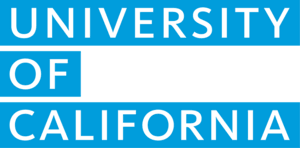
Want to republish our articles?
We encourage all formats of sharing and republishing of our articles. Whether you want to host on your website, publication or blog, we welcome this. Find out more
Creative Commons Licence
(CC BY 4.0)
This work is licensed under a Creative Commons Attribution 4.0 International License. 
What does this mean?
Share: You can copy and redistribute the material in any medium or format
Adapt: You can change, and build upon the material for any purpose, even commercially.
Credit: You must give appropriate credit, provide a link to the license, and indicate if changes were made.
More articles you may like
International Isocyanate Institute | TDI-induced Asthma: Reanalysing Data to Find Hidden Trends
Even if you’ve never heard of them, you’ve used polyurethanes. Producing them requires toluene diisocyanates, which may/can induce asthma when inhaled. A 5-year study claimed to conclude that cumulative TDI exposure over time was indicative of asthma incidence. However, a reanalysis by a team at the International Isocyanate Institute points the finger instead at the frequency of unprotected high-exposure events, like accidental spills or plant maintenance. This finding guides the way for future advances in worker safety.
A New Way to Detect and Identify Forensic Bloodstains
Accurately identifying bodily fluids at crime scenes is vital to aid forensic examinations and obtain information for use in criminal proceedings. However, collecting viable material for analysis can be challenging, especially if samples are difficult to access or the amount is minute. Dr Lamyaa Almehmadi and Professor Igor K Lednev at the University at Albany, State University of New York, USA, have introduced a new technique to assist in analysing bloodstains for forensic examination without compromising sample integrity.
Advanced Air Mobility National Campaign: Bridging the Gap
The rapid advancements in technology have paved the way for revolutionary changes in transportation, particularly air mobility. One such groundbreaking initiative is the Advanced Air Mobility (AAM) National Campaign led by NASA. This campaign aims to integrate advanced air mobility solutions into the existing transportation infrastructure, creating a seamless, efficient, and safe urban air transportation system. By addressing the various challenges associated with urban air mobility, the AAM National Campaign is poised to redefine how we navigate our cities, ultimately leading to reduced congestion, improved accessibility, and enhanced environmental sustainability.
Dr Niloofar Vardian | Mapping the Unknown: Inside Black Holes
Dr Niloofar Vardian at the SISSA school has advanced our understanding of black hole interiors through precise mathematical modelling. Her recent publication sheds light on previously inaccessible aspects of black hole dynamics, deepening our knowledge of these mysterious and difficult-to-study phenomena.


